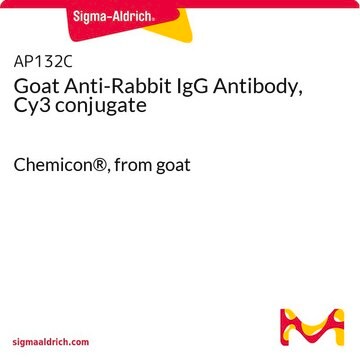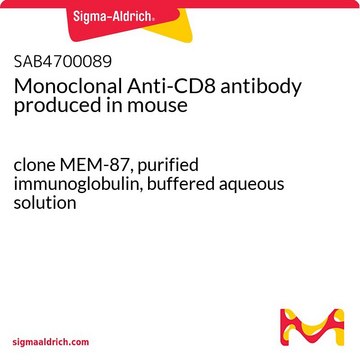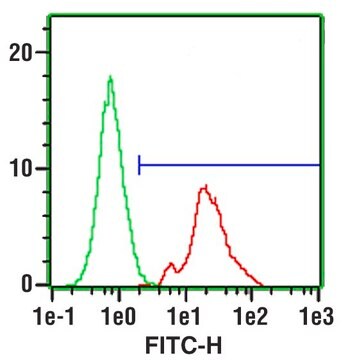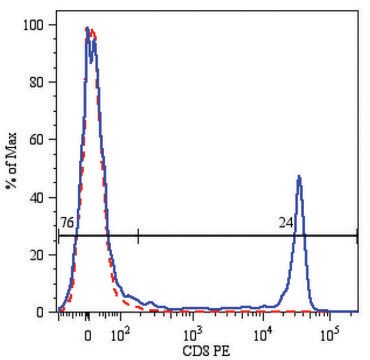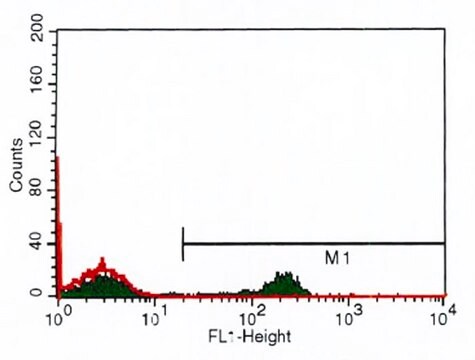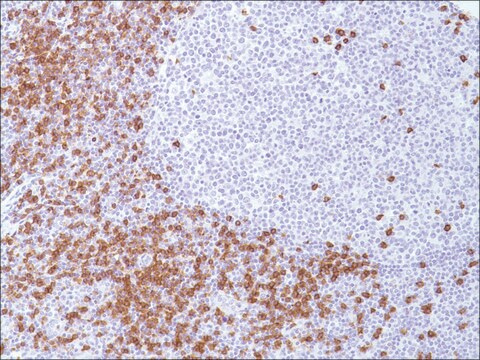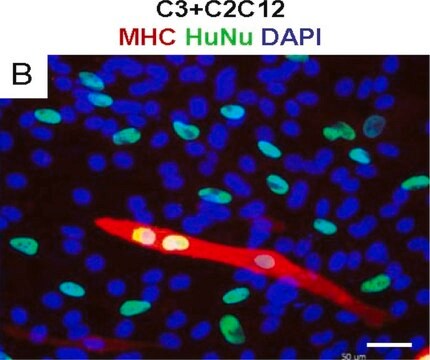C7423
Monoclonal Anti-CD8 antibody produced in mouse
clone UCHT-4, purified immunoglobulin, buffered aqueous solution
Synonyme(s) :
Monoclonal Anti-CD8
About This Item
Produits recommandés
Source biologique
mouse
Niveau de qualité
Conjugué
unconjugated
Forme d'anticorps
purified immunoglobulin
Type de produit anticorps
primary antibodies
Clone
UCHT-4, monoclonal
Forme
buffered aqueous solution
Espèces réactives
human
Technique(s)
flow cytometry: 5 μL using 1 × 106 cells
Isotype
IgG2a
Conditions d'expédition
wet ice
Température de stockage
2-8°C
Modification post-traductionnelle de la cible
unmodified
Vous recherchez des produits similaires ? Visite Guide de comparaison des produits
Description générale
Spécificité
3rd Workshop: code no. 567
Immunogène
Application
Flow cytometry/Cell sorting (1 paper)
Immunofluorescence (1 paper)
- enumeration of total T cytotoxic/suppressor lymphocytes in bone marrow, blood and other body fluids
- identification and localization of T cytotoxic/ suppressor lymphocytes in lymphoid and other tissues
- analysis of cell mediated cytotoxicity
- studies of immunoregulation in health and disease
- investigation of natural killer (NK) cells
- complement mediated cytolysis of CD8 expressing cells
Actions biochimiques/physiologiques
Description de la cible
Forme physique
Clause de non-responsabilité
Vous ne trouvez pas le bon produit ?
Essayez notre Outil de sélection de produits.
Code de la classe de stockage
10 - Combustible liquids
Classe de danger pour l'eau (WGK)
nwg
Point d'éclair (°F)
Not applicable
Point d'éclair (°C)
Not applicable
Faites votre choix parmi les versions les plus récentes :
Déjà en possession de ce produit ?
Retrouvez la documentation relative aux produits que vous avez récemment achetés dans la Bibliothèque de documents.
Notre équipe de scientifiques dispose d'une expérience dans tous les secteurs de la recherche, notamment en sciences de la vie, science des matériaux, synthèse chimique, chromatographie, analyse et dans de nombreux autres domaines..
Contacter notre Service technique